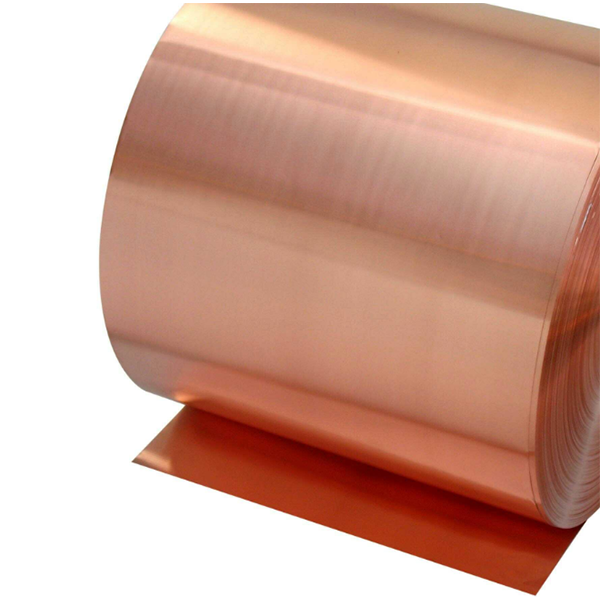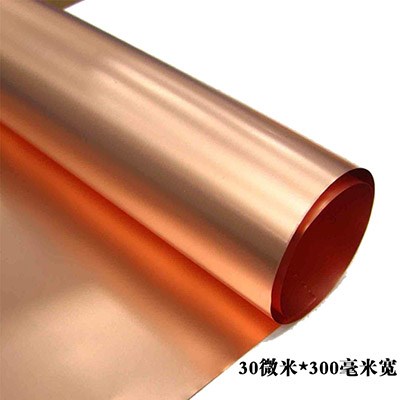Zhaoqing Preferred Anti static Copper Foil Manufacturer
Copper clad laminate is the base plate for manufacturing PCB, which is an important type with large amount of materials. The manufacturing process of copper clad laminate is to impregnate glass fiber cloth, glass fiber mat, paper and other reinforcement materials with epoxy resin, phenolic resin and other adhesives, dry them to the first stage at appropriate temperature, obtain pre impregnating materials (referred to as impregnating materials), and then stack them according to process requirements and copper foil, The required copper clad laminate is obtained by heating and pressurizing on the laminator.
Zhaoqing Preferred Anti static Copper Foil Manufacturer
With electrolytic copper or wire return material of equal purity as raw material, it is dissolved in the solution containing copper sulfate. Electrolysis is carried out in an electrolytic cell with insoluble material as anode and cathode roller immersed in copper sulfate electrolyte at constant speed as cathode. Copper in the solution is deposited on the surface of cathode roller to form copper foil. The thickness is controlled by cathode current density and cathode roller speed. After the roller rotates out of the liquid level, it is continuously stripped from the cathode roll, washed, dried and rolled to generate the original foil.
Zhaoqing Preferred Anti static Copper Foil Manufacturer
Calendered copper foil products have good ductility, flexibility, low roughness and high folding resistance, and have become the basic materials of flexible printed circuit boards, mainly used in flexible circuit boards and high-frequency circuit boards.
Zhaoqing Preferred Anti static Copper Foil Manufacturer
Copper foil is a key conductive material in lithium ion batteries and printed circuit boards. It is a kind of negative electrolytic material, a thin, continuous metal foil deposited on the substrate of circuit board.
Zhaoqing Preferred Anti static Copper Foil Manufacturer
In order to improve the adhesion strength of copper foil to the substrate, Generally, oxidation (that is, after oxidation treatment, a layer of copper oxide or cuprous oxide is generated on the surface, which improves the bonding strength of the copper foil and the substrate due to the polarity) or roughening copper foil (using electrochemical methods to generate a layer of roughening layer on the surface of the copper foil, which increases the surface area of the copper foil, and improves the bonding strength of the copper foil and the substrate due to the anchoring effect of the roughening layer on the substrate) is used.









